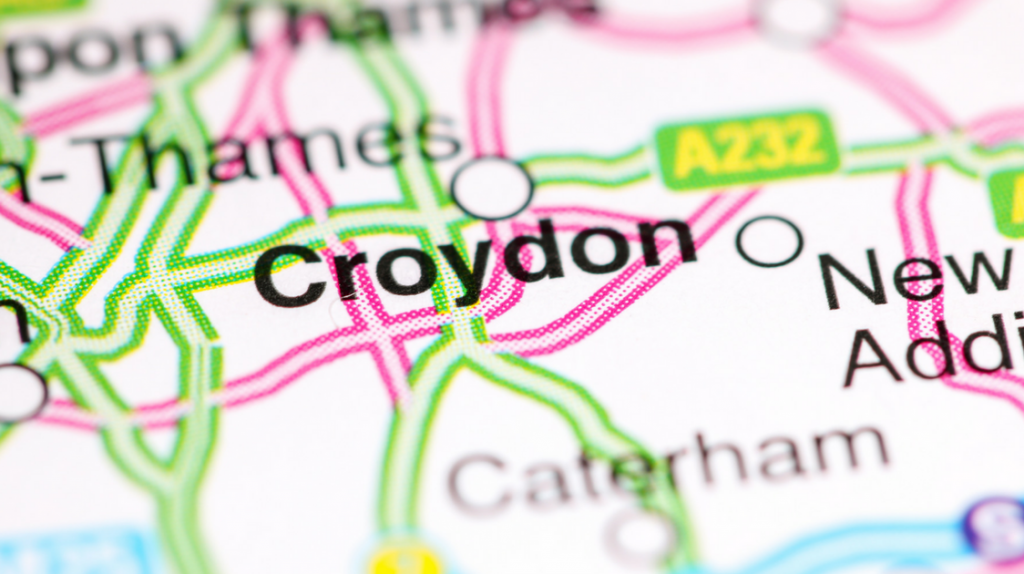Local and Community History Month: ResponseSource in Croydon

16 years ago, ResponseSource moved to offices in Croydon, and we’ve been here ever since. This month is Local and Community History Month, with the aim to promote awareness local history. We’d like to share some of the reasons we enjoy working in the heart of Croydon, and a bit of history about the area.
- Located in South London, Croydon is 15 minutes on the train to Victoria, 20 minutes to London Bridge and 40 minutes to Brighton. Our team travel to the office from across Kent, East Sussex, West Sussex, Surrey and London
- Small businesses and start-ups thrive here – there are loads of networking events, hot desk spaces and it’s cheaper than central London, without missing out on local amenities
- With Boxpark’s street food options, two shopping centres with a mixture of independent stores and chains, Croydon is great for both eating and shopping
- Approval has been granted for a Westfield shopping centre to be built in the area – work is expected to begin next year
- We’ll be getting the UK’s second tallest skyscraper. The 68-storey skyscraper will be named One Landsdown Road and include a free viewing deck
The architecture in Croydon is very interesting, there’s a great mixture of different period buildings. From swanky high-rise offices covered in glass to seven Grade I and nine Grade II listed buildings, there have been multiple industrial booms in Croydon over the years.
Five historical facts about Croydon:
 Croydon began as part of Surrey, only becoming a London Borough in 1965. Here’s the Croydon coat of arms
Croydon began as part of Surrey, only becoming a London Borough in 1965. Here’s the Croydon coat of arms- In the 19th century, Selsdon, part of Croydon was classed as being in Kent
- Croydon was home to the world’s first public railway in 1802. The Surrey Iron Railway linked Croydon with Wandsworth via a horse-drawn plateway made from cast iron rails. The line was extended in 1805
- Archbishops and their household used Croydon as a stop-off during their trips from Lambeth Palace in London to Canterbury, the head of the church in England. Henry III, VI and VIII have all stayed in Croydon, as has Elizabeth I
- The first major international airport in the UK was in Croydon. Airlines ran flights from 1920s, with the Croydon to Paris route becoming the world’s busiest air route. Before the Second World War, up to 1,500 passengers were flying from Croydon airport but the airport closed in September 1959 due to lack of space for expansion – Heathrow took over as London’s international airport
In our blog from last year, our founder Daryl Willcox discusses why he first chose Croydon for the ResponseSource offices, and why we’re still here in Croydon today – ResponseSource celebrates 20 years (15 of them in Croydon)
What do you like most about your office location? Perhaps you’re also in Croydon? Let us know in the comments below.

